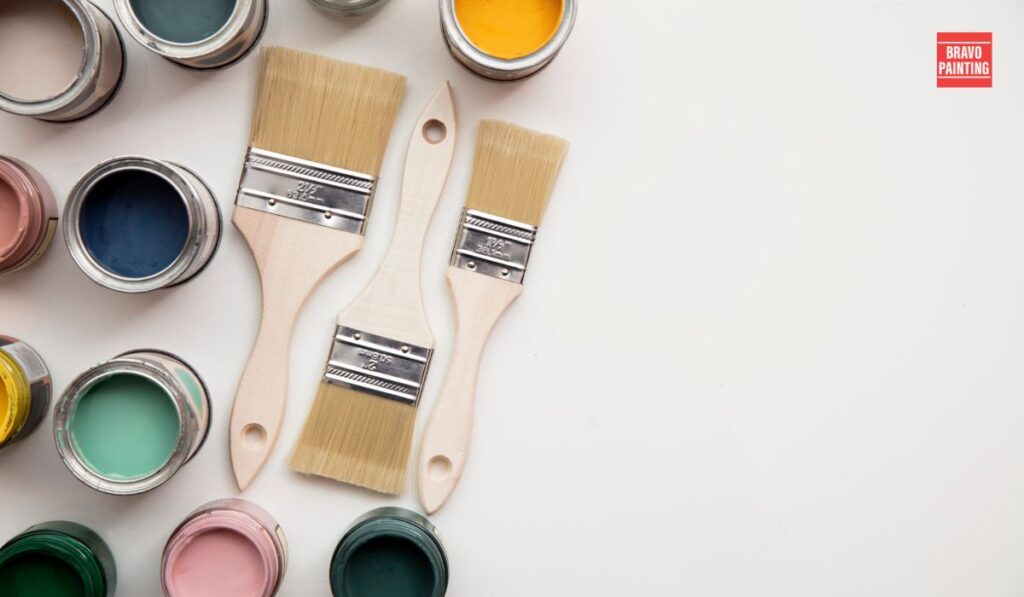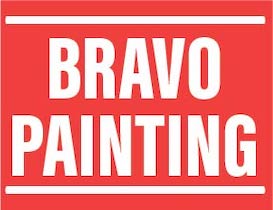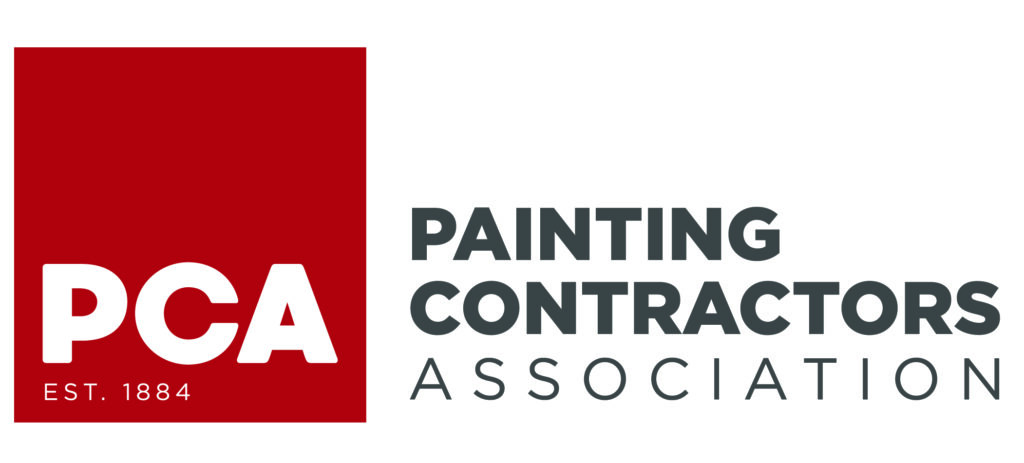Interior painting is a fundamental aspect of home improvement projects, offering a cost-effective and transformative way to enhance the aesthetic appeal and ambiance of any living space.
Whether you’re refreshing the colors of your walls, updating outdated décor, or preparing your home for sale, understanding the costs associated with interior painting is essential for effective budgeting and decision-making.
Factors Influencing Interior Painting Costs:
Several factors influence the overall cost of interior painting projects.
Understanding these factors can help homeowners better estimate their expenses and plan accordingly:
Size of the Space: The size of the area to be painted is one of the most significant determinants of cost.
Larger rooms or homes will require more paint and labor, resulting in higher expenses.
Wall Condition: The condition of the walls plays a crucial role in determining the cost of painting.
Walls that are damaged, heavily stained, or require extensive preparation work will incur additional expenses for repairs and priming.
Type of Paint: The type and quality of paint chosen for the project can significantly impact the overall cost.
Premium paints tend to be more expensive but offer better durability, coverage, and color retention compared to lower-quality alternatives.
Number of Coats: The number of coats required to achieve the desired finish also affects the cost of interior painting. While most projects typically require two coats of paint for adequate coverage, certain situations may necessitate additional coats, leading to higher expenses.
Complexity of the Project: Factors such as intricate architectural details, vaulted ceilings, accent walls, and specialty finishes can increase the complexity of the painting project, resulting in higher labor costs.
Accessibility: The accessibility of the painting surface can influence pricing, especially for areas that are difficult to reach or require specialized equipment such as scaffolding or ladders.
Geographic Location: Regional variations in labor costs, material prices, and market demand can impact the overall cost of interior painting services.
Urban areas and regions with a higher cost of living typically have higher service rates.
Understanding the Estimate:
Before embarking on an interior painting project, it’s essential to obtain detailed estimates from reputable painting contractors or professionals.
A comprehensive estimate should include the following:
Labor Costs: This encompasses the cost of hiring professional painters, including their hourly rates or project-based fees.
Labor costs may vary depending on the expertise of the painters and the complexity of the project.
Material Costs: This includes the price of paint, primer, caulking, masking tape, brushes, rollers, and other supplies necessary for the painting job.

Higher-quality paints and materials will incur additional expenses but may yield superior results and longevity.
Surface Preparation: Any necessary repairs, patching, sanding, and priming of the walls should be outlined in the estimate.
Proper surface preparation is critical for achieving a smooth and long-lasting finish.
Paint Application: The estimate should specify the number of coats of paint to be applied and any additional techniques or finishes requested by the homeowner.
Cleanup and Disposal: Professional painters should include the cost of cleanup and disposal of painting materials and debris in their estimate.
This ensures that the workspace is left clean and tidy upon completion of the project.
Tips for Budgeting and Cost Savings:
While interior painting can be a significant investment, there are several strategies homeowners can employ to manage costs and maximize value:
Prioritize Rooms: If budget constraints are a concern, prioritize painting high-traffic areas such as the living room, kitchen, and master bedroom, while postponing less frequented spaces for a later time.
DIY vs. Professional Services: While tackling a painting project yourself can save money on labor costs, it’s essential to weigh the benefits of professional expertise, efficiency, and quality craftsmanship against the potential savings.
Consider Paint Quality: Opting for higher-quality paint may entail a higher upfront cost but can lead to savings in the long run due to better coverage, durability, and fewer repaints over time.
Bundle Services: Some painting contractors offer discounts or package deals for multiple rooms or additional services such as trim painting, cabinet refinishing, or wallpaper removal.
Maintain Regular Maintenance: Implementing a routine maintenance schedule, including periodic touch-ups and cleaning, can prolong the lifespan of your interior paint job and minimize the need for costly repainting in the future.
Tips for Budgeting and Cost Savings
Compare Quotes: Obtain multiple quotes from different painting contractors to compare prices, services, and quality of work.
Don’t automatically choose the lowest bid; instead, consider the overall value and reputation of the contractor.
Plan Ahead: Planning your interior painting project well in advance can help you take advantage of seasonal discounts, promotions, and slower periods in the painting industry.
Avoid last-minute rush jobs, which may result in higher costs and limited availability of contractors.
Opt for Neutral Colors: Choosing timeless and neutral paint colors for your interior walls can not only enhance the aesthetic appeal of your home but also offer flexibility in terms of décor and future resale value.
Neutral tones are less likely to require frequent repainting, saving you money in the long run.
DIY Preparation Work: While certain aspects of interior painting, such as surface preparation and cleanup, are best left to professionals, homeowners can save money by handling simpler tasks themselves.
This may include removing furniture, filling small holes, and protecting floors and trim with painter’s tape.
Invest in Proper Tools: Investing in high-quality painting tools and equipment, such as brushes, rollers, and drop cloths, can improve efficiency, reduce waste, and deliver better results.
While initial costs may be higher, durable tools will pay for themselves over time through improved performance and longevity.
By implementing these budgeting and cost-saving strategies, homeowners can achieve their desired interior painting goals while staying within their financial means.
Whether refreshing a single room or undertaking a whole-house renovation, careful planning, smart decision-making, and effective budget management are key to a successful and satisfying painting experience.
Conclusion:
Understanding the costs associated with interior painting is essential for homeowners seeking to enhance the beauty and value of their living spaces.
By considering factors such as the size of the space, wall condition, type of paint, and labor costs, homeowners can effectively budget for their painting projects and make informed decisions.
Whether opting for professional services or tackling the job themselves, careful planning and attention to detail can ensure a successful and cost-effective outcome, transforming dull walls into vibrant expressions of personal style and creativity.
For professional painting services in your area, visit Bravo Painting. Their experienced team can help you bring your interior painting vision to life with quality craftsmanship and exceptional service.
FAQs
How do I determine the right paint color for my interior walls?
Consider factors such as natural light, room size, existing décor, and personal preferences when selecting paint colors. Many paint manufacturers offer color swatches and online tools to help homeowners visualize different color options in their space.
Is it necessary to hire professional painters for interior painting projects?
While DIY painting can be a cost-effective option, professional painters bring expertise, efficiency, and quality craftsmanship to the table. They can also handle complex projects and ensure a flawless finish, saving homeowners time and effort in the long run.
How long does an interior painting project typically take to complete?
The duration of an interior painting project depends on various factors, including the size of the space, the number of coats required, and the extent of surface preparation needed. On average, painting a single room may take a few days to a week to complete.
What can I do to prepare my home for interior painting?
Before the painters arrive, remove furniture from the room or cover it with drop cloths to protect it from paint splatters. Clean the walls to remove dust and debris, and patch any holes or cracks. Additionally, remove switch plates and outlet covers and apply painter’s tape to protect trim and fixtures.
Are there any eco-friendly paint options available for interior painting projects?
Yes, many paint manufacturers offer low-VOC (volatile organic compound) or zero-VOC paint options, which emit fewer harmful chemicals and odors compared to traditional paints. These environmentally friendly paints are safe for indoor use and contribute to improved indoor air quality.
How can I maintain the longevity of my interior paint job?
Regular maintenance, including cleaning walls with mild detergent and water, avoiding harsh chemicals and abrasive cleaners, and promptly addressing any stains or damage, can help extend the lifespan of your interior paint job. Additionally, implementing a routine maintenance schedule for touch-ups and repairs can prevent minor issues from escalating into more significant problems.
Can I paint over existing wallpaper or textured walls?
While it’s possible to paint over wallpaper or textured walls, it’s generally not recommended, as it can result in an uneven or bumpy finish. It’s best to remove wallpaper or smooth out textured surfaces before painting to ensure a flawless and long-lasting result.
How can I estimate the quantity of paint needed for my interior painting project?
To estimate the amount of paint required, measure the height and width of each wall to be painted and multiply these dimensions to calculate the total square footage. Then, consult the manufacturer’s coverage guidelines for the chosen paint to determine the amount needed. It’s advisable to purchase slightly more paint than necessary to account for touch-ups and unforeseen circumstances.



